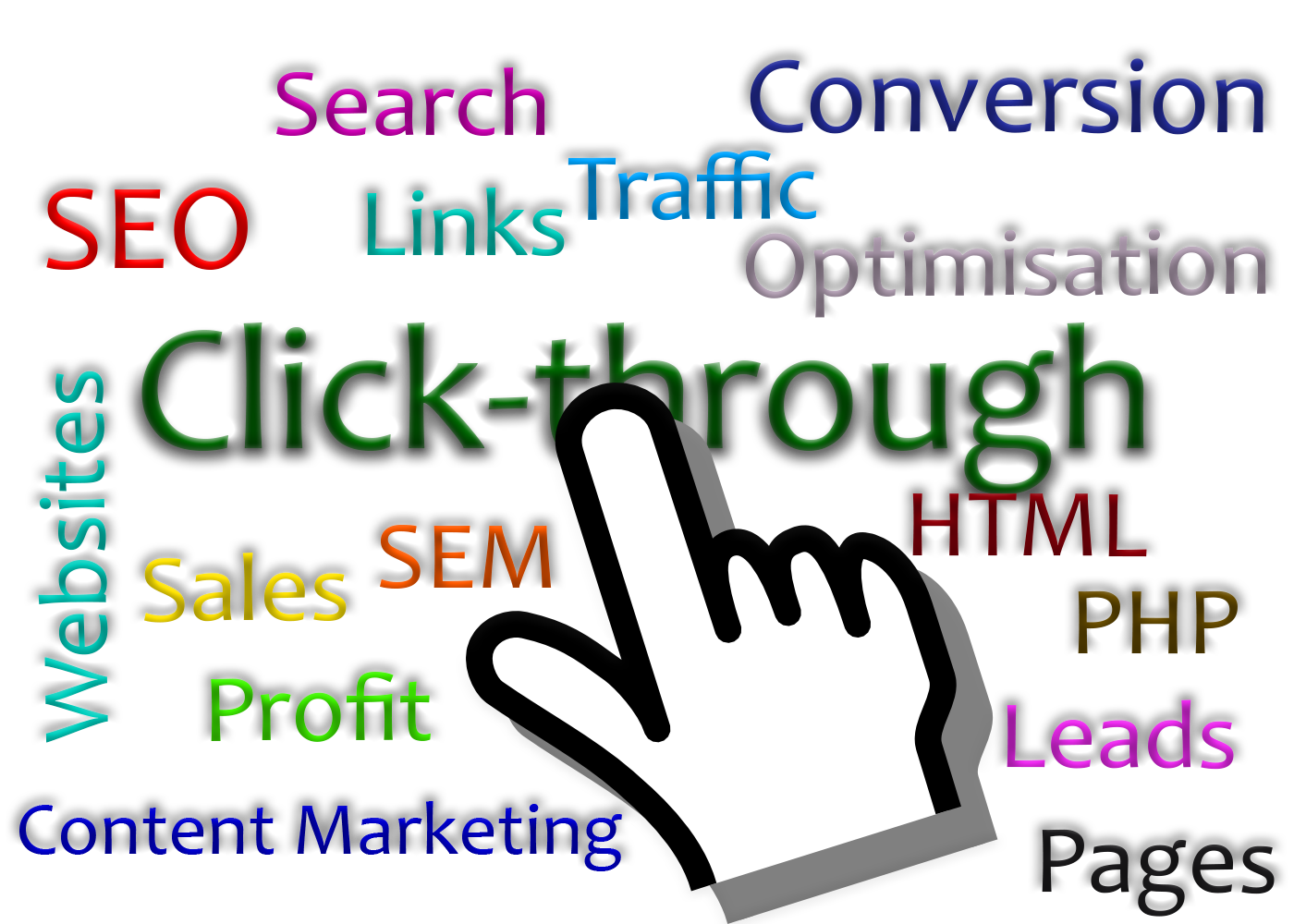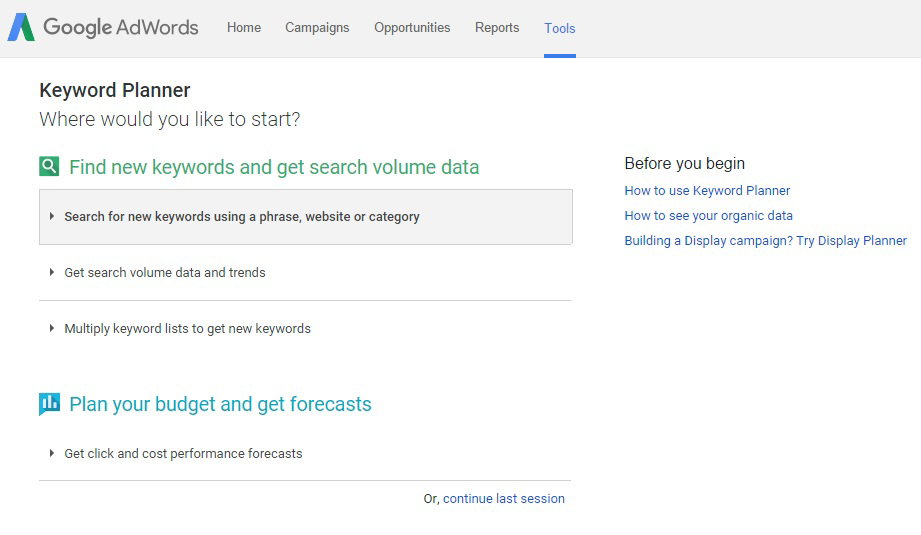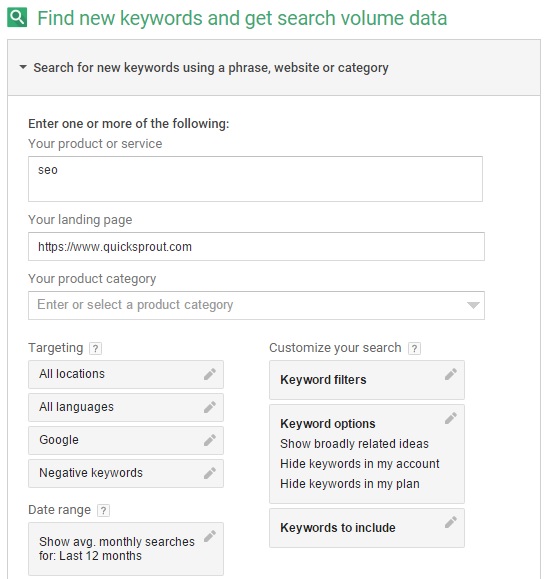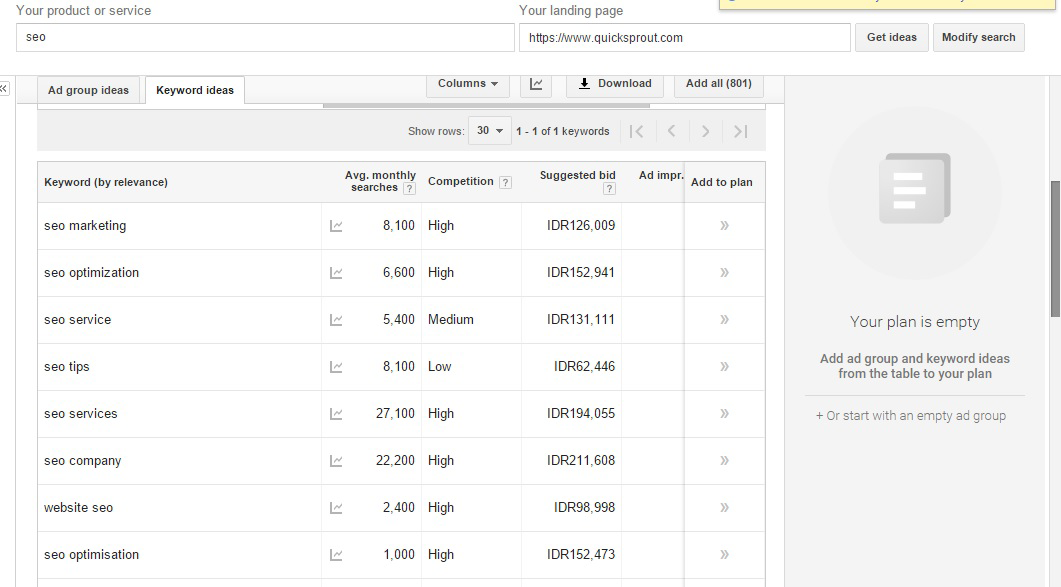How to Create Title Tags That Increase Your Click-through Rate

First and foremost, we need to know what exactly a Meta Title is and what is its impact to your website.
Title Tags or Meta Titles define the titles of your page within the Meta Tags. Title Tags are very important because these are used by search engine results pages (SERPs) and reinforce your branding. Search engines display preview snippets of your website pages. That’s why it is critical if you don’t know how to create powerful and effective Title Tags.
Almost all sites have this tag within the header section of the code
Sample Code:
<title>This Is Your Title – Services – Company Name</title>

ARE YOU READY?
Okay let’s begin…
These are the 8 keys that every webmaster should keep in mind.
1. Use only 1 <title> tag per page.
Some webmasters don’t have any idea that creating many <title> tags in a page may refute the potential value of their <title> tag. Why? Because search engines only need 1 <title tag> per page. The other <title> will be ignored by the search engines.
2. Place your best keywords in your <title> tag.
Did you know that the most valuable tag to search engines is your <title> tag?
That’s why you should add your most important keyword in the first part of your <title> tag, then add the second next most important keywords, and so on.
3. Always be aware of the length.
It is just a waste of time and effort if your title is too long for the standard characters and pixels that Google require. Why? Because search engines will just truncate titles that exceed their standard length. For Google, the standard length is usually between 50-65 characters, or 512 pixels wide. When the title exceeds the standard length, it will show an ellipsis “…” to indicate that your <title> tag has been cut off.
4. Keep your <title> relevant to your page.
Some webmasters are using or adding lines that are not totally related to the page but what they did is wrong. Always keep in mind that your <title> is the reflection of your page content. No matter how good your content is, if your title is not relevant, it will have a negative impact to your site.
5. Begin every keyword <title> with a capital letter because it’s easier to read and that is the proper format in creating a <title>.
6. Add emotion or excitement.
Dan Shure blogger of MOZ mentioned that “Your title should conjure the right emotion in viewers.”
Here are some words that express excitement:
- killer
- amazingly
- fantastic
- FREE
- mistakes
- mind-blowing
- surprising
- staggering
- surprisingly
- uncommonly
- unusually
- irresistibly
- seductively
- tempting
- unexpected
- unbelievably
- astonishing
- astoundingly
- remarkably
- insanely
- viral
- epic
Adding exclamation points and writing it all caps can also bring a big impact to your title because of its sense of urgency.
e.g. FREE 30-Day Trial for All Serviced Offices – LIMITED OFFER ONLY!
7. Choose the right <title> separator.
Here are some separators that most of the webmasters are using.
8. Study your target keywords. For me, this is the most important part when creating a <title>. You can have good keywords by studying your competitors’ target keywords. How?
First, make sure you have a Google Adwords account.
Log in to your Google Adwords account.
Once you are already logged in, go to tools>keyword planner.
On the Google Adwords sidebar, click find new keywords and get new search volume data.
Add your target product or service and your competitor URL.
Then click the GET IDEAS button.
BOOOOOOM…
You have now sets of good keywords.
You just need to filter it and pick the keywords that are not too competitive, but high in search traffic.
START NOW AND OUTRANK YOUR COMPETITORS!
Nov 06, 2015




 English
English
 Bahasa
Bahasa
 日本語
日本語
 한국어
한국어
 tiếng Việt
tiếng Việt
 中文
中文










